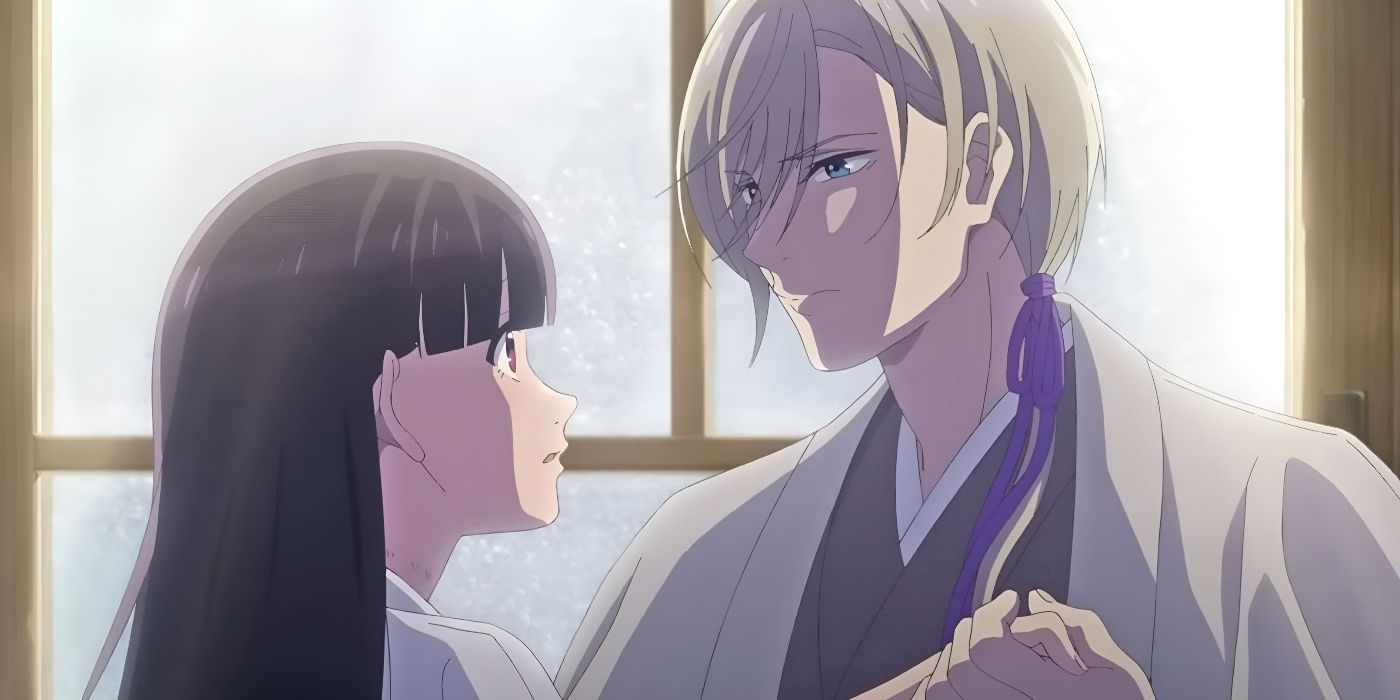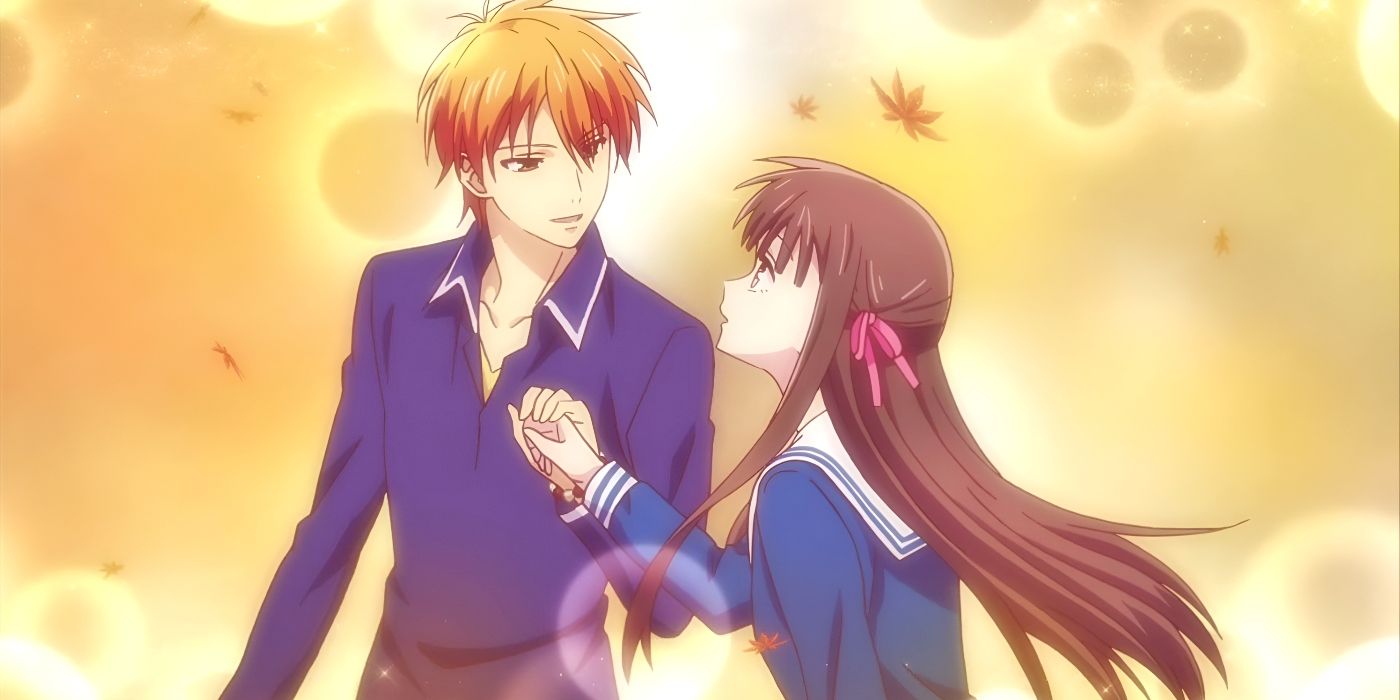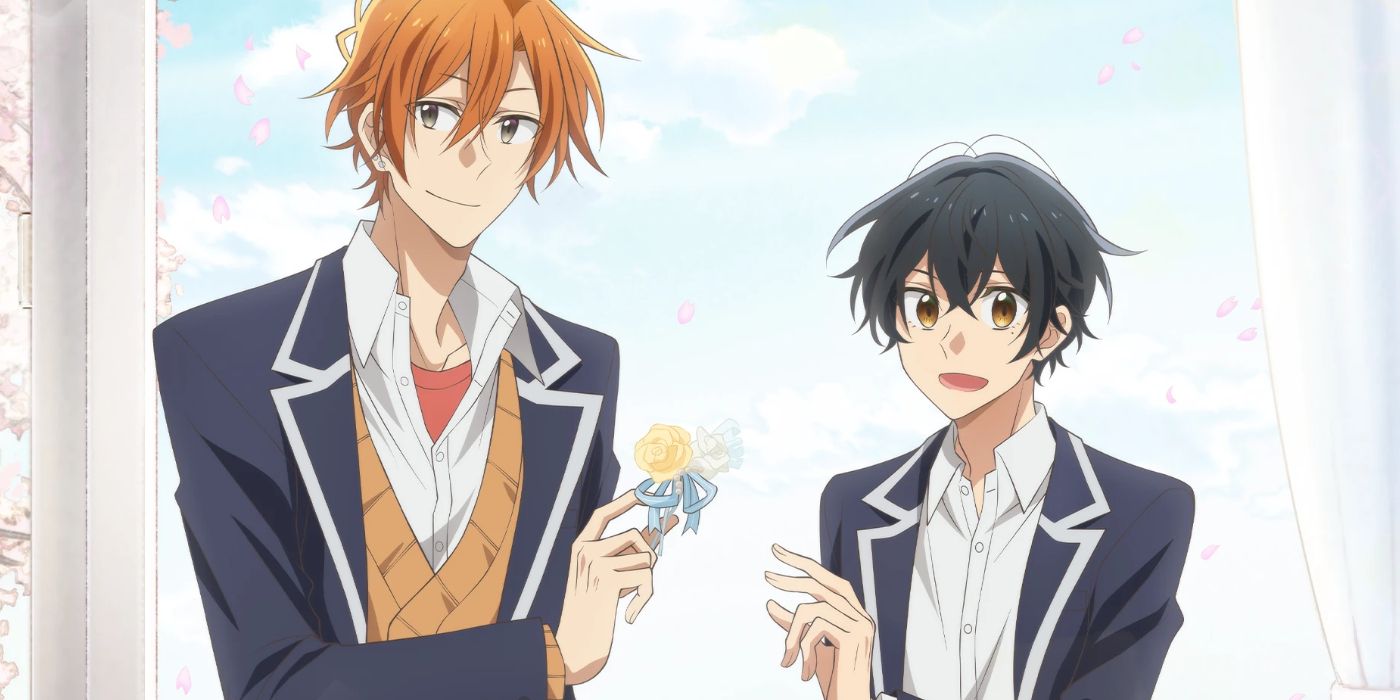I have been reading manga and watching anime from childhood to my adult life, yet with such a broad entertainment medium, there are always still surprises to be had. As an adult man in my thirties, I have continuously enjoyed shonen and increasingly more seinen stories in my daily reading and viewing. Still, perhaps subconsciously, I have always limited myself from other great storytelling that was not specifically targeted at my gender.
Even though it has taken me into my thirties to embrace it, in the past year, I have continued to dive headlong into shojo and josei anime, and I am enriched for it. Shojo and josei anime have been traditionally marketed toward women, yet their series are increasingly common as long-standing icons in the anime zeitgeist.

Shojo, marketed to teen readers, deals commonly with intricate themes involving relationships, sexuality, identity, and aesthetics, while josei anime deals with the more mature extension of many themes. Given their universality to the human experience, it is a mistake not to check these out just because you’re not the target demographic, as shojo and josei anime are increasingly dominant and timeless experiences.
I Was Always Interested in Shojo Anime, But I Didn’t Know
Many Fans Were Unaware of the Difference Until Recently
Growing up in the 1990s, anime had a different presence for me as it just started to boom. Anything that wasn’t Dragon Ball Z, Gundam, Sailor Moon, Ranma 1/2, or Cowboy Bebop was not as well-known, and the term shonen wasn’t in the vocabulary; all I saw were distinctive characters and glorious action. So when Teletoon started airing the North American localization of Madhouse’s Cardcaptor Sakura in 2000, then called Cardcaptors, I was enthralled by its premise of tarot-like cards unleashing monstrous threats into the world and the English dub theme song singing the series’ central conceit at me.
Little did I know that Cardcaptor Sakura is considered among the most iconic shojo anime ever, with its artist supergroup CLAMP contributing styles I’d not seen for quite some time. Soon after, Shonen Jump magazine started circulating in North America, introducing me to the meaning of shonen. I was the target audience for many of my all-time favorites, including Naruto and Hikaru no Go. I would then learn that the shojo counterpart includes series like Cardcaptors or Sailor Moon, explaining why it was so heavily marketed, such as with girls’ apparel, that I regrettably left it behind.
Living in a rural part of Ontario, children were often especially harsh on one another for anything not typical of their gender. I already got enough slurs thrown my way for enjoying manga, so I didn’t need additional abuse for liking a series “for girls.” But revisiting Cardcaptor Sakura later, I would learn that shrugging off shojo for gendered reasons stifles opportunities to enjoy great art for arbitrary reasons. With anime and manga as mainstream as they are now, if the medium appeals to you, watch everything you can, as they have more relatable and familiar content than you may expect.

Related
Fruits Basket’s Ending Cemented its Status as One of the Greatest Shojo of All Time
Fruits Basket’s status as the best shojo series is well deserved, and its ending only further proves how phenomenal the series really is.
Josei Is a Vital Storytelling Experience for Me
Seinen and Josei Are Vital for Understanding the Mind and Soul of Anime Characters
Unlike shojo anime, josei stories largely flew over my head until adulthood, even though signs were all around me. Nana Osaki’s sense of fashion was so pervasive among my social circles that I knew several people who adopted her aesthetic, including her penchant for cigarettes, strawberry cake, chokers, and armor rings. However, I was aware of seinen early on, with familiar series like Berserk, Akira, and Vagabond being formative glimpses into the more challenging moral and philosophical stories. While seinen explores this often with action, josei explores similar themes with drama.
Nana is, of course, my first exposure to josei manga, and it’s such a poignant and relatable experience it’s easy to prescribe to anyone struggling in their twenties, regardless of gender. It explores a grounded and intense approach to topics like feminism as demonstrated by its contrasting female protagonists, one prioritizing her dreams, the other chasing romance, and both enduring setbacks and heartbreak. Josei is not optimal for young viewers, but when you are ready, I promise it should be atop your watchlist, among many other series.
But beyond typical recommendations like Nana, there’s a spectrum of josei series to appreciate, and they are impressively inclusive to various walks of life. Princess Jellyfish is an incredible josei coming-of-age journey exploring the experiences of being a woman in nerd culture along with deuteragonist Kuranosuke’s exploration of gender identity. Those craving action can still experience it in josei anime, such as with 07-Ghost, featuring gothic aesthetics and only slightly more androgynous male heroes than typical shonen series. There’s something for everyone in josei anime, in more ways than one.
Shojo and Josei Anime Opened a World of Stories I’d Never Considered
Yaoi and Yuri Series Should Be Considered by All Audiences
I originally bucked at the notion of checking out yaoi and yuri series, not because of any prejudice, but because I felt that I was not the target audience, but again was proven wrong. Yaoi often features a beautiful, predominantly male cast of characters that are usually fueled or united by mutual interest. In the case of perhaps the greatest yaoi anime, Given, it’s rock music, and in the case of Sasaki and Miyano, it can go meta and be about their mutual appreciation for BL manga. In many ways, these characters bond over mutual interests or vocations.
Shojo and josei series explore these as an expression of the universal desire for love and to be loved, along with acceptance, coping with loss or trauma, and understanding one’s identity. It can manifest in slow-burn yaoi dramas or charming ace yuri comedies like She Loves to Cook and She Loves to Eat, where the premise is simply one character whose culinary passions are so great they create too much for them to eat alone. These are relatable, reasonable stories, yet original and featuring LGBTQIA+ characters in a wholesome way.
So, while I don’t necessarily relate to all the stories told in these particular shojo series like Zetsuai 1989, I can still appreciate the incredible artwork and drama within. Many themes within these stories are universal, with relatable characters like Mafuyu Sato from Given, starting the series as a musician so green you could swear he was from a yuri series, ultimately pursuing his passion. Meanwhile, shojo hits continue, such as with The Guy She Was Interested in Wasn’t a Guy at All, a recent and quintessential ‘green’ yuri series for which its North American release announcement garnered international praise.

Related
Crunchyroll’s Yaoi Romcom Is Perfect For Beginners Of The Genre
New yaoi fans should start their journey with Sasaki and Miyano as they set out on their love story together, navigating uncharted waters.
Shojo Anime Were Among My Favorite Shows of 2023
Though Not Dominant, You’ll Find They Are Increasingly Hard to Overlook
Some of the best anime of 2023 were the first signs that I gravitated toward shojo even more. My Happy Marriage shocked me with its elegant animation and deeply romantic plot. While not shojo or josei, Oshi no Ko has elements of both in its intricate revenge plot, and mainstream shonen and seinen hits like Frieren: Beyond Journey’s End and The Apothecary Diaries are female-led stories, blurring the lines further. Not only are shojo series like My Love Story with Yamada-kun at Lv999 increasingly vital productions helmed by veterans such as Madhouse, but assumptions about shonen series are being shaken.
This means viewers like me can branch out and experience these complicated and fascinating characters without putting themselves in a box as anime continues to explode. I don’t have to look fondly back at Cardcaptor Sakura as my sole experience with shojo, as I carry new stories with me, such as when reviewing future manga or enjoying stellar new shows. The main error I made with shojo, and initially with josei, was seeing them yet not recognizing their tremendous potential as iconic sources of entertainment. I encourage you not to make the same mistake.




